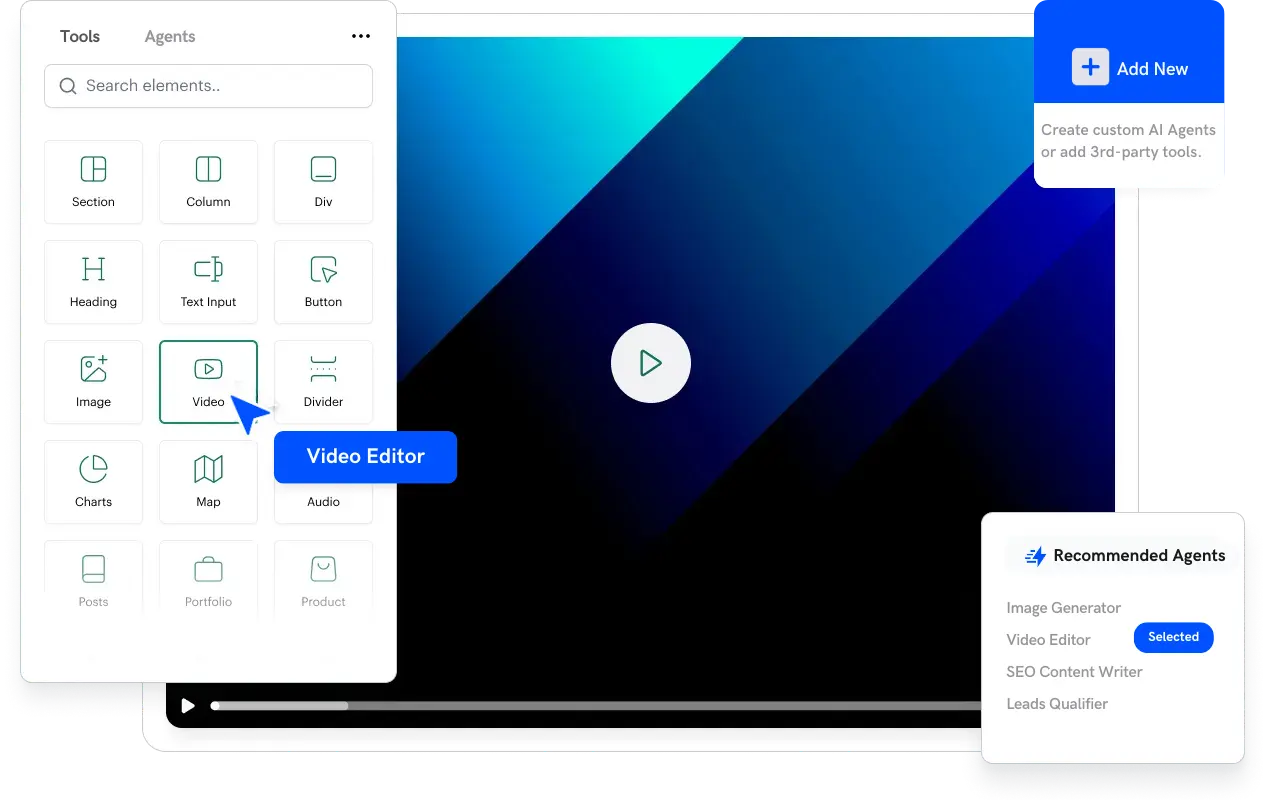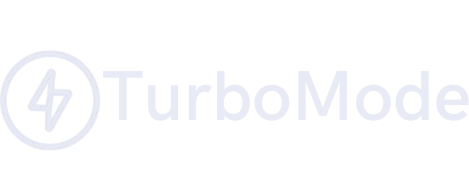Introduction
Natural Language Processing (NLP) has emerged as a vital tool in automating workflow processes. By enabling machines to understand and interpret human language, NLP transforms emails, meetings, and other communications into structured data that can drive automation. Organizations leveraging NLP benefit from reduced manual work, enhanced accuracy, and accelerated decision-making. In this article, we examine how NLP powers workflow automation, explore its practical applications, and discuss best practices for integration while showcasing TurboMode AI’s role in this transformative process.
What is Natural Language Processing?
NLP is a branch of AI focused on the interaction between computers and human languages. Its core capabilities include:
- Text and Speech Recognition:
Converting spoken and written language into machine-readable data. - Contextual Analysis:
Interpreting the meaning and sentiment behind words and phrases. - Automated Response Generation:
Producing responses or summarizing content based on the analysis.
Applications of NLP in Workflow Automation
- Email Automation:
NLP can automatically filter, categorize, and even respond to emails. For instance, routine inquiries can be answered instantly, freeing up employees for more critical tasks. - Meeting Transcriptions and Summaries:
AI-powered transcription services capture meeting details and generate summaries, ensuring that all action items are recorded and assigned. - Document Processing:
NLP tools extract key data from unstructured documents, converting them into actionable formats for downstream applications. - Chatbots and Virtual Assistants:
Enhanced with NLP, chatbots engage in natural dialogue, providing instant assistance to employees and customers alike.
TurboMode AI Spotlight
TurboMode AI leverages NLP to extract actionable tasks from everyday conversations. By converting spoken and written words into tangible assignments, TurboMode AI ensures that no critical detail is lost, boosting overall workflow productivity.
“We’re shifting the game from managing work to getting work done.”
Enhance your processes with TurboMode AI—book a demo today.
Benefits of NLP-Driven Automation
- Increased Accuracy:
Automated systems powered by NLP minimize the errors that often occur in manual data entry and transcription. - Time Savings:
Reducing the time spent on processing communications directly translates into increased productivity. - Improved Data Accessibility:
Structured data extracted by NLP is easier to analyze, leading to better-informed decisions. - Enhanced Collaboration:
When all team communications are captured and organized, collaboration becomes more efficient and transparent.
Implementation Best Practices
- Integrate with Existing Systems:
Choose NLP tools that can connect with your enterprise systems such as email clients, CRM software, and project management platforms. - Customize for Industry-Specific Needs:
Tailor NLP models to understand specialized terminology relevant to your business. - Pilot Testing:
Begin with a small-scale implementation to validate the accuracy and utility of the system. - Employee Training:
Ensure that team members are comfortable with the new technology and understand how to utilize NLP outputs for actionable insights. - Ongoing Optimization:
Continuously update the NLP models based on user feedback and changing language trends to maintain high accuracy.
Challenges and Mitigation Strategies
- Context and Ambiguity:
NLP models can sometimes misinterpret context. Employ iterative training and calibration to improve accuracy. - Data Privacy:
Automated processing of communications requires strict adherence to data privacy standards. Use secure channels and encryption. - Integration Complexity:
Ensure that the chosen NLP system is compatible with your existing workflow tools by testing thoroughly during the pilot phase.
Case Studies and Industry Examples
A multinational company used NLP to automate meeting transcription and report generation. Within six months, the company reported a 35% reduction in administrative work and improved transparency across departments. Another enterprise in the legal sector implemented NLP to extract key clauses from contracts, reducing review time by 40%.
Future Trends in NLP for Workflow Automation
- Context-Aware Systems:
Future developments aim to improve an AI’s ability to understand context and nuances in human language. - Seamless Multilingual Support:
Enhanced algorithms will better handle multiple languages, facilitating global operations. - Integration with Conversational AI:
Combining NLP with advanced conversational AI will create even more intuitive virtual assistants and chatbots.
Conclusion
NLP is at the heart of modern workflow automation, converting human communications into structured, actionable data and driving significant efficiency gains. By integrating NLP with productivity platforms like TurboMode AI, organizations can automate routine processes, reduce manual errors, and ensure that critical information is never missed. Embrace NLP-driven automation to transform your workflow and achieve a competitive edge—book a demo today.






